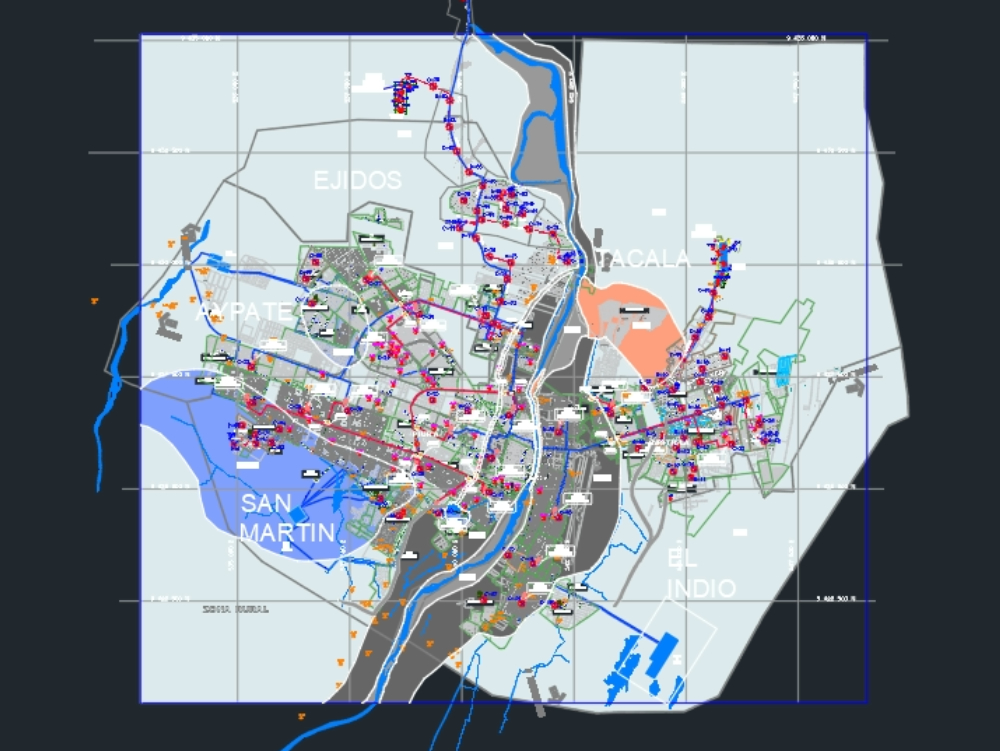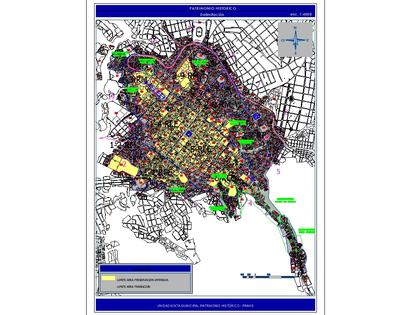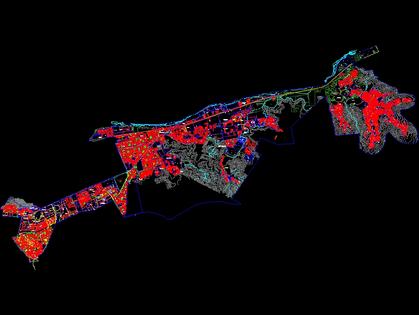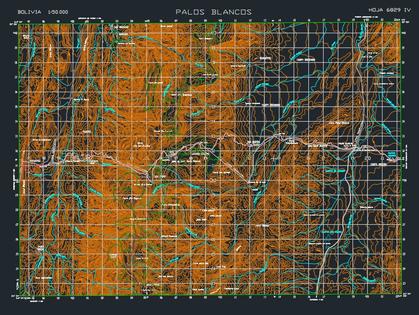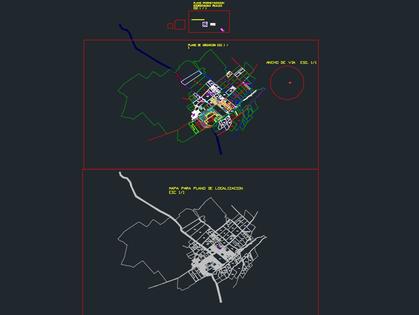Local geology piura castilla c4d
Related works
Load more
Local geological studies carried out by francisco fidalgo indicate that the area's landscape responds to processes developed under different climatic conditions at different moments of its evolution. the geology of the area basically comprises a base rock or substrate; on which the landscape evolved; and a set of lithostratigraphic (related to the type of sediments) and edaphostratigraphic (related to the type of soil) units; product of that evolution. the substratum is made up of the so-called pampean formation; composed of a clayey silt to reddish brown sandy silt; sometimes with whitish tones related to the concentration of calcium carbonate. this rock is generally located in the high parts of the relief; integrating both the main and secondary watersheds and possibly its age is middle-upper pliocene. after a long hiatus; in the depressions of this formation, the sediments corresponding to the luján formation were deposited (clayey and sandy silts of fluvial and/or lacustrine origin) and simultaneously others of eolian origin (basically coarse silts to fine sand with subordinate amounts of clay); assimilated to the formation la postrera. the hill where arroyo seco site 2 is found is made up precisely of sediments from this last geological formation and four units were determined on it. the first; named x; is the current soil; highly disturbed by plowing. the second; and; it is a thickness of 0.40 to 0.30m from coarse silt to fine sand; with very subordinate amounts of clay. then it is located; sector from 0.05 to 0.10m thick; with clear concentration of calcium carbonate. finally; z appears similar to y; but with more grayish tones; that extends up to 4 m deep; where it rests on sediments assignable to the luján formation. while the formation process of the units integrated by aeolian sediments is quite clear; it has not yet been possible to determine how the concentration of calcium carbonate in the s unit was produced, nor the reason for the pronounced undulations it presents: one of the possibilities considered is that the shape and characteristics of this layer could be related to the activities of men or their burials; since its presence is restricted only to the area of human occupation.
Confirma el mail en Facebook e intenta nuevamente.
Confirma el mail en Google e intenta nuevamente.
Your account is inactive. To request a reactivation you can contact us by email atsoporte@bibliocad.com.
